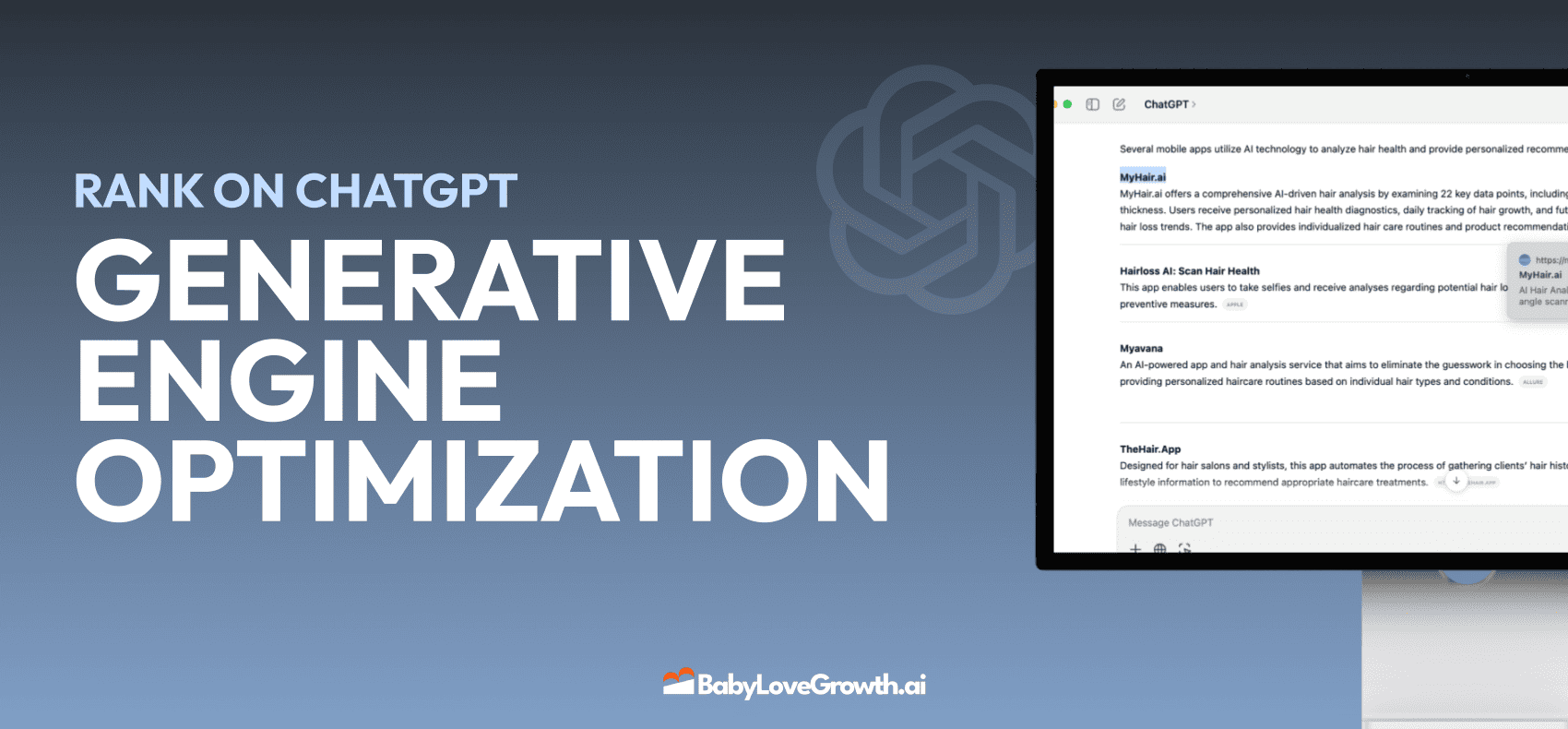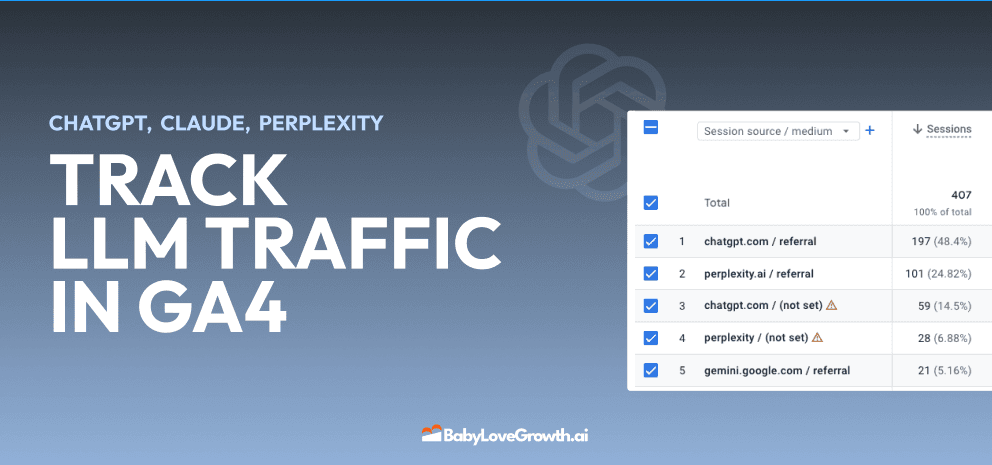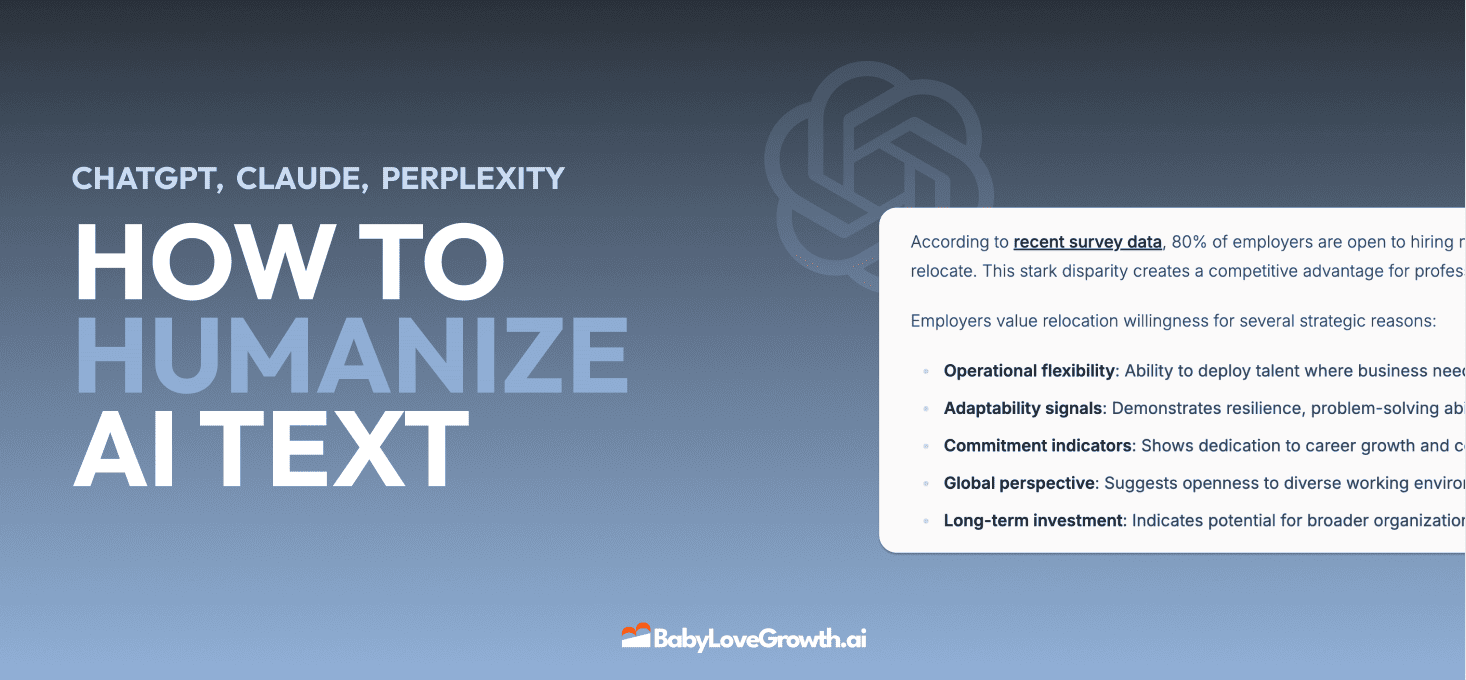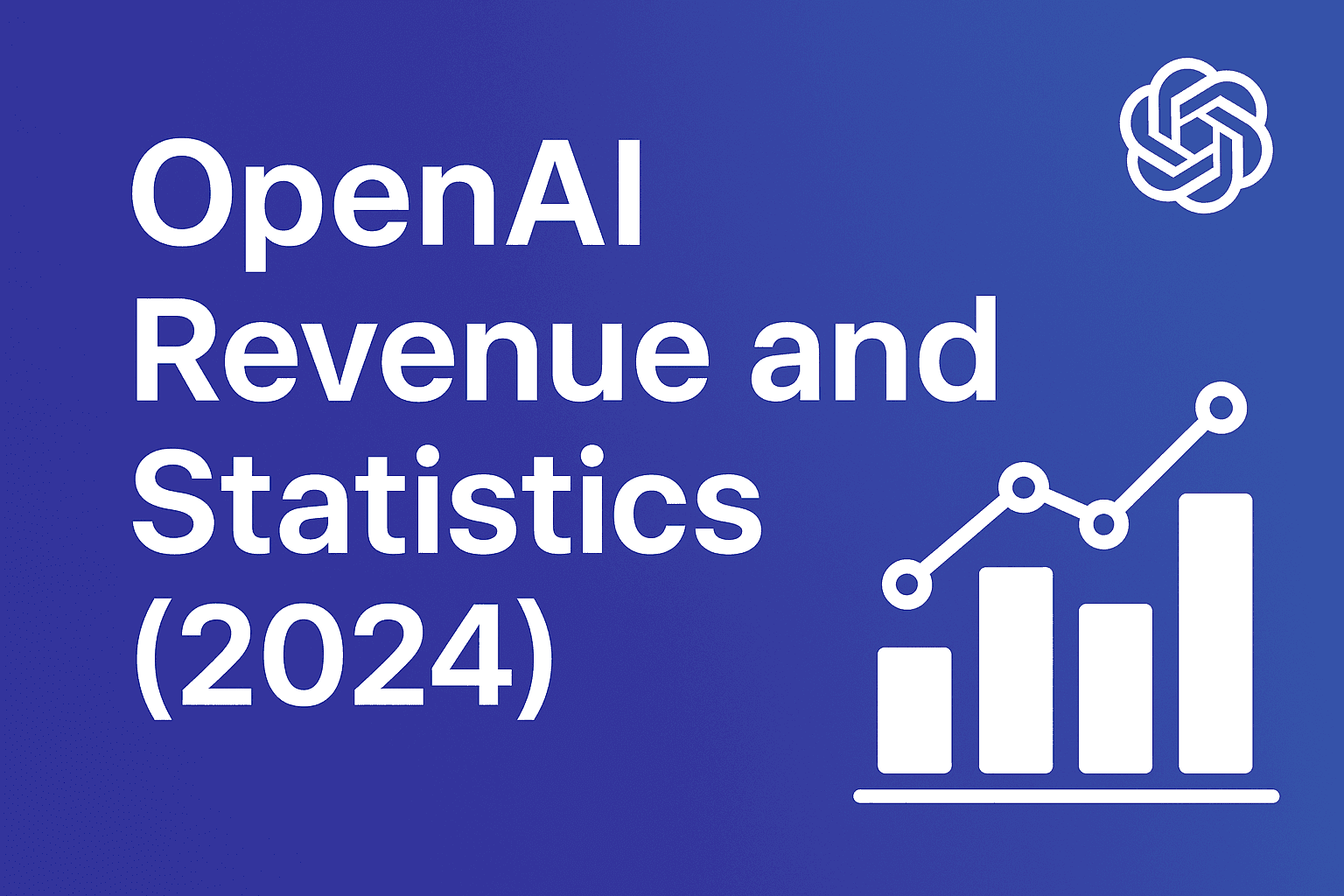SEO-Friendly URLs: Best Practices for 2025 Success


Every website has URLs, but most people ignore how much these links really matter. Turns out, over 60 percent of top-ranked Google pages use simple, descriptive URLs under 60 characters. Think that’s just a technical detail? That one small change can mean the difference between your page climbing to the first result or vanishing into digital obscurity.
Table of Contents
- What Makes A URL SEO-Friendly
- How To Create SEO-Friendly URLs Step By Step
- Common Mistakes To Avoid With URLs
- SEO-Friendly URLs For Ecommerce And Blogs
Quick Summary
| Takeaway | Explanation |
|---|---|
| Use clear, descriptive keywords | Start URLs with keywords that accurately reflect the page content for better indexing and user clarity. |
| Maintain a consistent URL structure | Uniform formatting across your website helps users and search engines navigate easily, improving overall SEO performance. |
| Avoid common formatting mistakes | Use hyphens instead of underscores, stay lowercase, and simplify URLs to enhance readability and indexing. |
| Remove temporal elements from URLs | Avoid dates and time-sensitive terms to keep your URLs evergreen and relevant over time. |
| Create distinct e-commerce and blog strategies | Tailor URL structures for different content types to ensure clarity and enhance user engagement effectively. |
What Makes a URL SEO-Friendly
Creating SEO-friendly URLs is more than just a technical checkbox. It's a strategic approach to improving website visibility and user experience. A well-constructed URL serves as a critical signpost for both search engines and potential visitors, providing clear context about the page's content before anyone even clicks.
The Anatomy of an Effective SEO URL
Google's Search Central documentation provides clear guidance on crafting optimal URLs. An effective SEO-friendly URL should be clean, descriptive, and structured with precision. This means using readable words that directly communicate the page's purpose, avoiding complex strings of numbers or random characters.Key characteristics include:
- Readability: Words that humans can easily understand
- Keyword Relevance: Inclusion of primary topic keywords
- Simplicity: Short, concise structure
For instance, a URL like "www.yourwebsite.com/seo-friendly-url-guide" immediately tells both users and search engines what the content is about. Compare this to a cryptic alternative like "www.yourwebsite.com/article?id=5839x" which provides zero contextual information.

Technical Considerations for URL Optimization
The University of California, Davis recommends keeping URLs under 100 characters to ensure optimal indexing. This constraint forces content creators to be precise and intentional about their URL structure.Important technical recommendations include:
- Use lowercase letters consistently
- Separate words with hyphens (not underscores)
- Remove unnecessary parameters
- Avoid special characters
By following these guidelines, websites can create URLs that are not just search engine friendly but also user-friendly. A clean, descriptive URL acts like a mini-advertisement, giving potential visitors a clear preview of what they'll find on the page.
The University of Maryland Libraries further emphasize the importance of strategic URL creation. They suggest that URLs should reflect the site's organizational structure, making navigation intuitive for both users and search engine crawlers.
Ultimately, an SEO-friendly URL is about creating a clear, logical pathway to your content. It's a small but powerful element of your overall digital strategy that can significantly impact your website's discoverability and user engagement.
To help summarize the key characteristics and technical considerations for an SEO-friendly URL, the following table offers a side-by-side comparison:
A comparison table below outlines the most important elements that make a URL SEO-friendly and why each matters for users and search engines.
| Characteristic / Guideline | Description | Importance |
|---|---|---|
| Readability | Easily understandable words for humans | Improves user experience |
| Keyword Relevance | Uses main topic/primary keywords | Boosts indexing and ranking |
| Simplicity | Concise, short URLs | Easier to share and remember |
| Hyphen Separation | Uses hyphens (-) instead of underscores (_) | Clear word separation for SEO |
| Lowercase Letters | All words in lowercase | Prevents duplication and confusion |
| No Unnecessary Parameters | Removes excess query strings or IDs | Clean, optimized indexing |
| Avoid Special Characters | Excludes @, %, $, etc. | Reduces crawl errors |
How to Create SEO-Friendly URLs Step by Step
Crafting SEO-friendly URLs requires a strategic approach that balances technical precision with user experience. This step-by-step guide will walk you through the process of creating URLs that both search engines and users will appreciate.
Start with Clear, Descriptive Keywords
Search Engine Journal recommends beginning with a clear keyword strategy. The primary goal is to create a URL that instantly communicates the page's content. Start by identifying the main topic or primary keyword for your page. For example, if you're writing about SEO URL best practices, a strong URL might look like "website.com/seo-url-best-practices".Key considerations for keyword selection:
- Relevance: Choose keywords that accurately represent the page content
- Search Volume: Select terms people actually search for
- Specificity: Use precise, targeted keywords
Optimize URL Structure and Formatting
Educative.io provides clear guidelines for formatting URLs for maximum effectiveness. The technical aspects of URL creation are crucial for both search engine optimization and user experience.Essential formatting rules include:
- Use lowercase letters exclusively
- Separate words with hyphens (not underscores)
- Keep URLs concise (ideally under 60 characters)
- Remove unnecessary words like "and," "the," or "of"
- Avoid special characters and complex parameters
For instance, transform "www.website.com/article-about-seo-urls-and-best-practices" into "www.website.com/seo-url-best-practices".
Implement Technical Best Practices
CommonPlaces highlights the importance of technical precision when creating URLs. Beyond basic formatting, consider these advanced strategies:- Maintain a consistent URL structure across your website
- Use canonical tags to prevent duplicate content issues
- Implement proper redirects for changed URLs
- Avoid using date stamps unless absolutely necessary
- Create a logical hierarchy in your URL structure
A well-structured URL hierarchy might look like: "website.com/category/subcategory/specific-article-title"
Remember that URL creation is both an art and a science. While technical optimization is crucial, the ultimate goal is to create a clear, intuitive pathway for users to access your content. Each URL should serve as a concise, informative signpost that guides visitors and search engines to the most relevant information on your website.

Common Mistakes to Avoid with URLs
Creating SEO-friendly URLs is a nuanced process where seemingly minor errors can significantly impact your website's search engine performance and user experience. Understanding and avoiding common URL mistakes can make a substantial difference in your digital strategy.
To make common URL mistakes easy to identify, here's a checklist table summarizing the most frequent errors and their impact on SEO.
| Mistake | Description / Example | SEO Impact |
|---|---|---|
| Using underscores | "my_page" instead of "my-page" | Harder for search engines to read |
| Complex parameters | "?id=5839x&ref=home" | Poor indexing & user confusion |
| Inconsistent capitalization | "MyPage" vs. "mypage" | Can cause duplicate content |
| Including dates/time elements | "2023-seo-guide" | Content appears outdated |
| Excessively long URLs | More than 100 characters | Harder to share & index |
| Special/cryptic characters | "page@#%/id=1" | Crawl errors, bad user experience |
| Random numbers/IDs | "article?id=839" | Lacks relevance/context |
Problematic URL Formatting Errors
csipl.net highlights critical formatting mistakes that can derail your SEO efforts. One of the most prevalent errors is using underscores instead of hyphens to separate words. Search engines interpret hyphens as word separators, making content more readable, whereas underscores can cause indexing challenges.Common formatting mistakes include:
- Underscores: Replace with hyphens for better readability
- Complex Parameters: Eliminate unnecessary query strings
- Inconsistent Capitalization: Stick to lowercase consistently
Case Sensitivity and Content Duplication
Neil Patel warns about the dangers of URL case sensitivity. URLs are case-sensitive, which means "Website.com/SEO-Guide" and "website.com/seo-guide" are technically different pages. This can create significant problems:- Potential duplicate content issues
- Fragmented link equity
- Confusing user and search engine experiences
To prevent these problems, always use lowercase letters and maintain a consistent URL structure across your entire website. This approach ensures clean, predictable URL behavior that search engines can easily understand and index.
Avoiding Temporal and Irrelevant URL Practices
Design Powers recommends removing time-sensitive elements that can quickly make content appear outdated. Including dates in URLs might seem logical initially, but it can unintentionally signal that the content is no longer current.Additional mistakes to avoid:
- Embedding publication dates in URLs
- Using overly long, complex URL structures
- Including unnecessary words like "and" or "the"
- Creating URLs with random numbers or cryptic identifiers
A strategic URL should remain evergreen, focusing on the core topic rather than temporary contextual details. For instance, "website.com/2023-seo-guide" becomes less relevant over time, whereas "website.com/seo-guide" maintains its utility and perceived relevance.
By meticulously avoiding these common URL mistakes, you create a robust foundation for improved search engine visibility and user navigation. Remember that each URL is not just a technical pathway but a strategic communication tool that represents your content's essence.
SEO-Friendly URLs for Ecommerce and Blogs
Creating SEO-friendly URLs for e-commerce sites and blogs requires a specialized approach that balances technical optimization with user experience. Different content types demand unique URL strategies that enhance discoverability and engagement.
E-commerce URL Optimization Strategies
Google's Search Central documentation provides critical guidance for designing e-commerce URL structures. The primary goal is to create a logical, hierarchical URL system that reflects product categories and helps both users and search engines navigate complex online stores.Key considerations for e-commerce URLs include:
- Category Hierarchy: Create clear product category paths
- Product Identification: Use descriptive product names
- Consistent Structure: Maintain uniform URL patterns
An ideal e-commerce URL might look like: "website.com/category/subcategory/product-name". For example, "www.fashionstore.com/womens-clothing/dresses/summer-floral-dress" provides immediate context about the product's location and characteristics.
Blog URL Optimization Techniques
Yoast's guide emphasizes the importance of creating readable, meaningful URLs for blog content. Blog URLs should be concise, informative, and closely aligned with the article's primary topic.Effective blog URL strategies include:
- Incorporating primary keywords
- Keeping URLs short and descriptive
- Avoiding unnecessary words
- Using hyphens to separate terms
A strong blog URL transforms from something generic like "website.com/post123" to a descriptive "website.com/seo-friendly-url-best-practices".
Cross-Platform URL Best Practices
Search Engine Journal recommends universal principles that apply across different content platforms. Regardless of whether you're managing an e-commerce site or a blog, certain fundamental URL optimization techniques remain consistent.Universal URL optimization tips:
- Maintain lowercase formatting
- Use hyphens consistently
- Remove stop words
- Keep URLs under 60 characters when possible
- Ensure URLs match content intent
By implementing these strategies, websites can create URL structures that not only improve search engine visibility but also enhance user navigation and understanding. The most effective URLs serve as clear, concise signposts that guide visitors directly to the most relevant content, regardless of the platform or content type.
Frequently Asked Questions
What are SEO-friendly URLs?
SEO-friendly URLs are web addresses that are easy for both users and search engines to read and understand. They typically include descriptive keywords, are concise, and maintain a simple structure, which helps improve indexing and user experience.
How can I create SEO-friendly URLs?
To create SEO-friendly URLs, start with clear, descriptive keywords that reflect the page's content. Use lowercase letters, separate words with hyphens, keep URLs under 60 characters, and avoid unnecessary parameters and special characters.
What common mistakes should I avoid when creating URLs?
Common mistakes include using underscores instead of hyphens, creating long and complex URLs, inconsistent capitalization, including dates or irrelevant terms, and embedding unnecessary parameters. These can negatively impact SEO and user experience.
Why are SEO-friendly URLs important for e-commerce and blogs?
SEO-friendly URLs enhance discoverability and user engagement by providing clear context about the content. They help both search engines and users navigate easily, ensuring that products or blog posts are appropriately indexed and accessed.
Turn SEO URL Best Practices Into Real Results With BabyLoveGrowth.ai
Are you frustrated by URLs that hold your website back from higher rankings? Mastering clear and readable SEO-friendly URLs is just one step to stronger search visibility, but mapping out and implementing consistent optimization across every page is time-consuming. If you want to keep your URLs simple, descriptive, and optimized for Google—but lack the resources to manage SEO content and structure at scale—your growth could stall or trails behind your competitors.

Imagine an AI-powered platform that not only guides you through creating effective URLs but also analyzes your business, outsmarts your competition, and delivers a 30-day plan filled with custom, SEO-driven content. Let BabyLoveGrowth.ai take the stress out of technical details and handle the entire process so your pages rise to the top. Visit our landing page to start building optimized content and URL strategies, and secure your spot ahead of the competition before another algorithm update leaves you behind. Take action now and see your traffic and search performance improve.
Smart SEO,
Faster Growth!
Most Read Articles

Generative Engine Optimization (GEO)
Learn how Generative Engine Optimization (GEO) helps your content rank in AI search engines like ChatGPT and Google AI. This comprehensive guide explains the differences between SEO and GEO, why it matters for your business, and practical steps to implement GEO strategies for better visibility in AI-generated responses.

Track LLM Traffic in Google Analytics 4 (GA4)
Learn how to track and analyze traffic from AI sources like ChatGPT, Claude, Perplexity, and Google Gemini in Google Analytics 4. This step-by-step guide shows you how to set up custom filters to monitor AI-driven traffic and make data-driven decisions for your content strategy.

How to Humanize AI Text with Instructions
Learn practical techniques to make AI-generated content sound more natural and human. This guide covers active voice, direct addressing, concise writing, and other proven strategies to transform robotic text into engaging content.

Open AI Revenue and Statistics (2024)
Comprehensive analysis of OpenAI financial performance, user engagement, and market position in 2023. Discover key statistics including $20B valuation, $1B projected revenue, and 100M+ monthly active users.